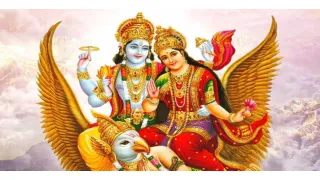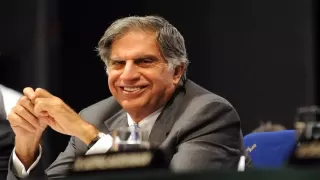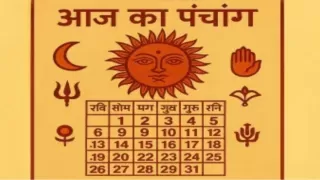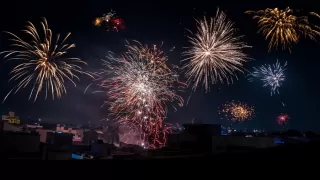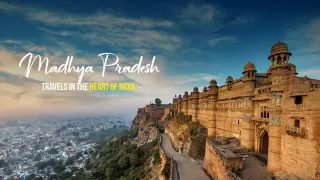Based on NFHS‑5 findings (2019–21), reporting the percentage of adult men and women (15+ years) who consume alcohol in each state. These statistics highlight regional disparities in drinking habits shaped by cultural norms, tribal customs, and economic conditions. While male consumption is more widespread, some northeastern and tribal states also report significantly higher female alcohol use compared to the national average.
10. Himachal Pradesh
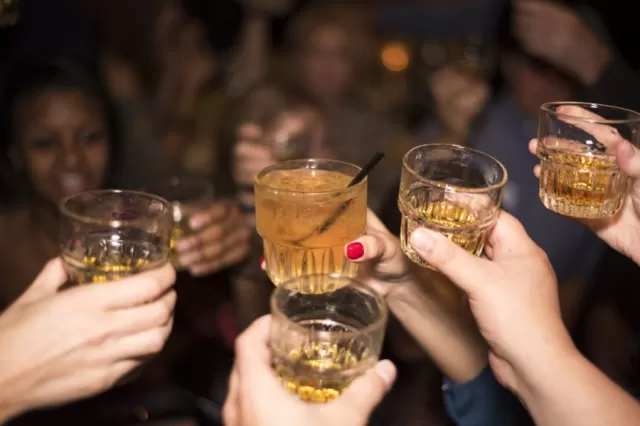
Men: 31.9%
Women: 0.6%
Hill culture and cold weather often influence alcohol consumption in Himachal Pradesh. In rural areas, traditional liquors like sur and luhuli are consumed during winter and celebrations. While alcohol use among men is high, female usage remains minimal due to cultural norms. The state's own breweries and low liquor prices make alcohol easily accessible.
Is Himachal a dry state?
No, Himachal Pradesh is not a dry state. Liquor is legally sold, and the state earns significant excise revenue from it.
9. Meghalaya
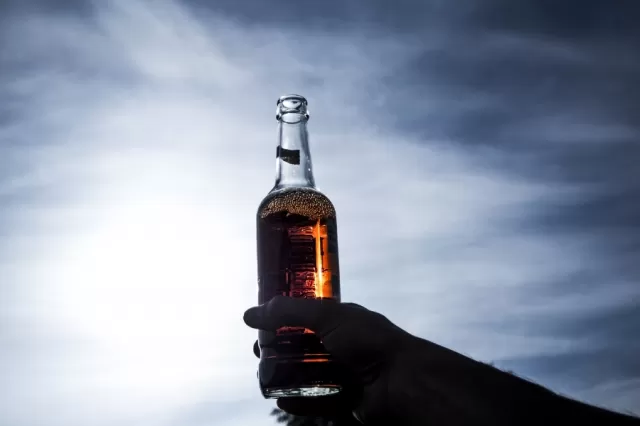
Men: 32.4%
Women: 1.5%
While the state has moderate alcohol usage compared to others in the Northeast, it remains in the top 10. Alcohol, especially local rice beer, is central to Khasi and Garo traditions. Urban areas are seeing rising alcohol use among youth, particularly men. Despite a relatively conservative social setting, alcohol is easily accessible in Shillong and nearby towns.
Is Meghalaya a dry state?
No, Meghalaya is not a dry state. Alcohol is widely available, and no prohibition laws exist.
8. Tripura
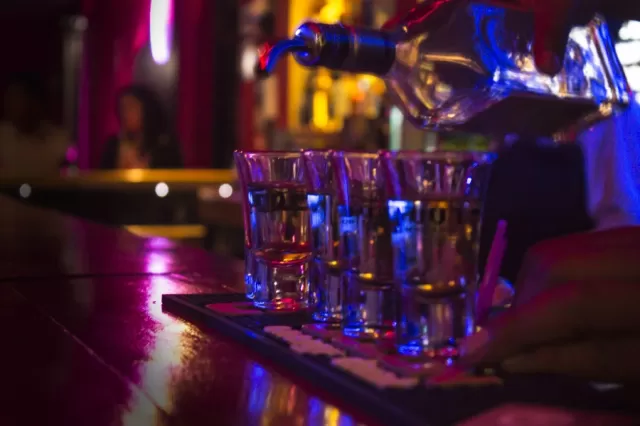
Men: 33.1%
Women: 6.2%
Tripura’s tribal population contributes significantly to its high ranking. Local beers and liquors like zu are commonly made at home. Drinking is common at weddings, harvest festivals, and rituals. While male consumption remains higher, female drinking is not uncommon, especially in indigenous communities.
Is Tripura a dry state?
No, Tripura is not a dry state. Alcohol is legally permitted, and state-run liquor outlets exist.
7. Chhattisgarh
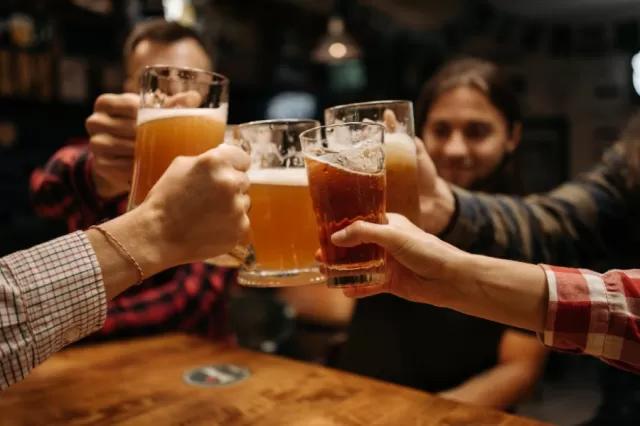
Men: 34.8%
Women: 5.0%
The Bastar region is infamous for daily alcohol consumption, with both genders involved in brewing and drinking. In many communities, it’s cheaper to drink locally brewed liquor than to buy bottled water. Local governance has tried various awareness programs, but homemade mahua and salfi still dominate rural alcohol trends. Alcoholism is also reported as a rising concern among young males here.
Is Chhattisgarh a dry state?
No, Chhattisgarh is not a dry state. Government-run liquor shops operate across districts.
6. Jharkhand
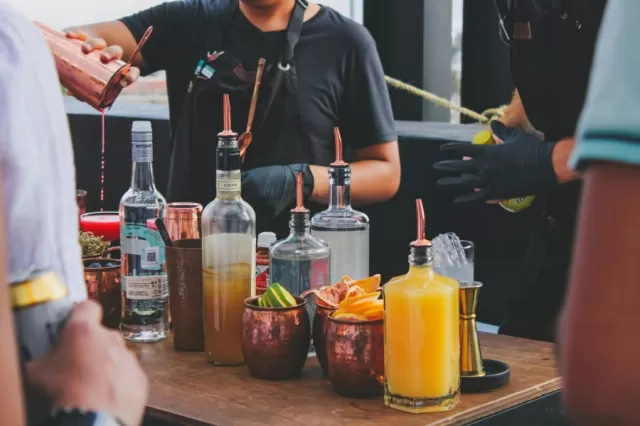
Men: 35.0%
Women: 6.1%
In tribal-dominated areas of Jharkhand like Santhal Pargana and Ranchi, alcohol is not just a vice, it’s a tradition. Many households make their handia (a local rice beer), which is used in festivals, rituals, and even informal business. Interestingly, many women drink along with men, and some even operate home-based liquor businesses. The lack of formal jobs and the affordability of home-brewed liquor keep consumption levels high.
Is Jharkhand a dry state?
No, Jharkhand is not a dry state. Alcohol is legally sold, though homemade brews are more popular in rural belts.
5. Goa
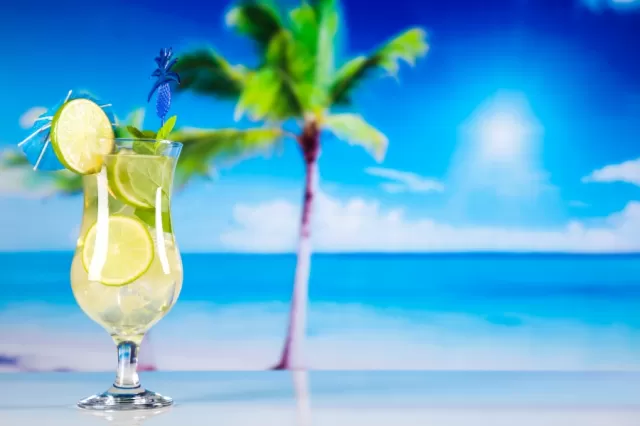
Men: 36.9%
Women: 5.5%
Known for its beaches and nightlife, Goa unsurprisingly ranks high in alcohol consumption. The state is a favourite for domestic and international tourists, and its liberal liquor laws allow cheap and easy access to alcohol. The local feni (cashew liquor) is not only famous but also holds GI (Geographical Indication) status. Alcohol is an essential part of Goan cuisine and social life.
Is Goa a dry state?
Absolutely not. Goa is one of India’s most liquor-friendly states, known for cheap prices, open bars, and widespread legal sales.
4. Manipur

Men: 37.5%
Women: 0.9%
Manipur features a deep-rooted alcohol tradition, particularly among its tribal communities. Local drinks like yu (a homemade rice liquor) are part of the daily diet in many villages. Despite this, female alcohol consumption is relatively low compared to other northeastern states. The state’s regulation of alcohol is complex: Manipur declared prohibition in 1991 but has relaxed rules in certain districts.
Is Manipur a dry state?
Partially. Manipur has partial prohibition in place. While certain hill districts are exempt, alcohol sales are banned in others like Imphal, making it semi-dry in practice.
3. Sikkim
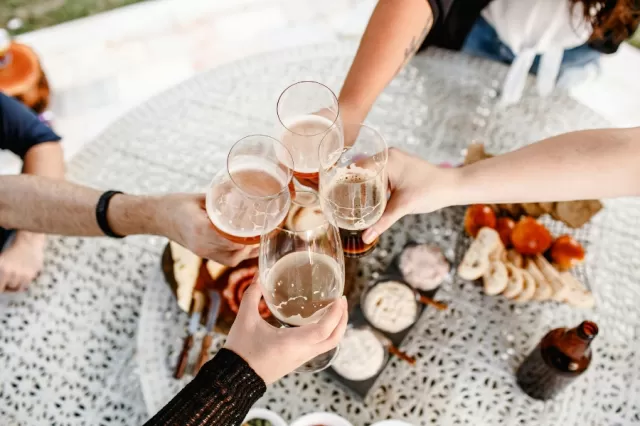
Men: 39.8%
Women: 16.2%
Sikkim's serene hill towns may look peaceful, but alcohol consumption is high, especially among women. Traditional drinks like chhaang and tongba are central to their cultural fabric. Sikkim also has a strong tourist economy, which further normalises drinking. Female drinking is culturally accepted, especially among older generations and in rural communities. These factors make Sikkim one of the few states where both men and women drink at nearly parallel rates.
Is Sikkim a dry state?
No, Sikkim is not a dry state. Alcohol is legally sold and widely consumed in both urban and rural areas.
2. Telangana
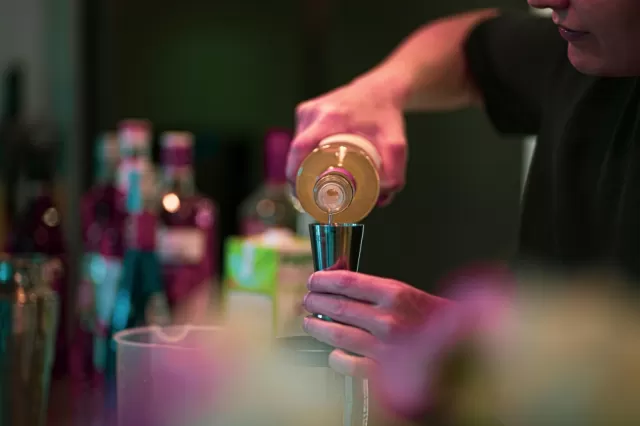
Men: 43.3%
Women: 6.7%
Telangana stands out due to the rapid rise in both male and female alcohol users. The state sees high per capita alcohol spending, indicating a booming liquor industry. What’s interesting is the reverse pattern among women—rural women drink more than urban women, largely influenced by local customs and economic stresses. Whisky and strong beer are the most consumed types, and alcohol plays a significant role in weddings and community events.
Is Telangana a dry state?
No, Telangana is not a dry state. It has a well-developed liquor retail and distribution system, with the government earning significant excise revenue from alcohol sales.
1. Arunachal Pradesh
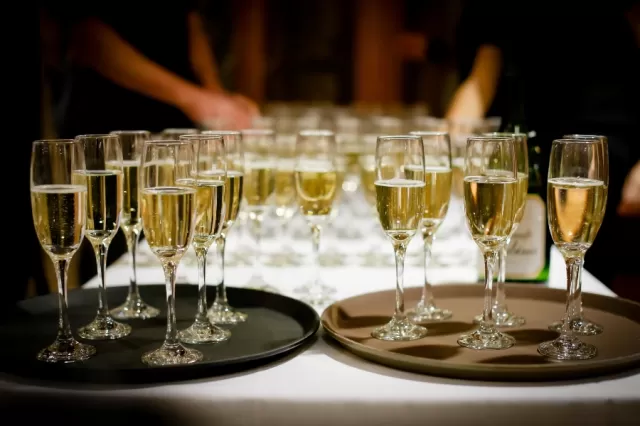
Men: 52.7%
Women: 24.2%
Arunachal Pradesh ranks #1 in both male and female alcohol consumption. The reasons are deeply rooted in tribal customs. Beverages like apong (rice beer) and local spirits are brewed and consumed widely during social gatherings, festivals, and even daily routines. Both genders participate equally, and alcohol use is normalised rather than stigmatised. The state's cool climate, festive tribal culture, and limited social restrictions around drinking all contribute to the exceptionally high rates.
Is Arunachal a dry state?
No, Arunachal Pradesh is not a dry state. Liquor is legally available and culturally accepted.
National Averages & Trends
Men (India average): 18.8%
Women (India average): 1.3%
While these numbers suggest a country leaning toward moderate consumption, state-wise differences are massive. The northeast and tribal belts see higher prevalence.
What Are the Dry States in India?
As of 2025, these Indian states/UTs are under full or partial prohibition:
- Gujarat - Full prohibition since 1960.
- Bihar - Banned alcohol since 2016.
- Nagaland - Officially dry, though black market thrives.
- Lakshadweep - Alcohol restricted except at resorts on Bangaram Island.
- Manipur - Partial prohibition since 1991.
- Mizoram - Reimposed prohibition in 2019.
Also Read: Top 10 Fastest Trains in the World 2025 List









